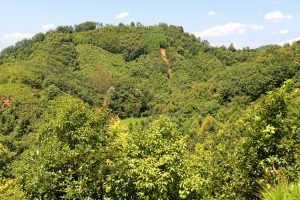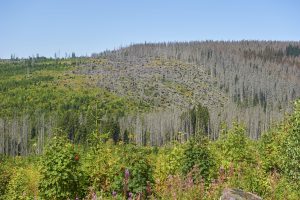Lesedauer ca. < 1 Minute Students and young professionals: Meet the experts in Natural Forestry and Ecology. At the European Natural Forest School, experts in forestry and forest conservation from institutions across Europe will gather to share their knowledge, skills and experience.
natural forest
Quality over quantity – primeval forests store carbon in the soil sustainably
Lesedauer ca. 3 Minuten Study: How does leaf litter affect soil organic carbon? Currently, there is an assumption that higher litter fall also implies higher soil carbon. Incorrectly, litter quality is rarely taken into account.
How the forest ecosystem shapes its abiotic conditions and thereby itself
Lesedauer ca. 3 Minuten A study shows that the forest ecosystem shapes its environment, such as the microclimate or soil properties, to a greater extent than previously assumed. By influencing the environmental factors, the forest community as a whole is strengthened at the same time.
From climate protector to source of danger?
Lesedauer ca. 2 Minuten Study: Can land ecosystems go from being a carbon sink to a carbon source in the future? The study investigates whether climate change-induced temperature changes will bring the carbon uptake and release of terrestrial ecosystems to a tipping point.
Tree giants are carbon giants – above and below ground
Lesedauer ca. 3 Minuten Study: A comparatively large amount of carbon from the atmosphere is also bound in the soil under old trees. Thus, old trees make an important contribution to climate protection above and below ground. This must be taken into account in timber harvesting if climate protection in the forest is to gain in value.
Nitrogen input in forests: a fertilizer to cut both ways
Lesedauer ca. 2 Minuten Study: The researchers show how that the Nitrogen input in forests has much more impact than the climate change so far. The data came from 100,000 coniferous and deciduous trees in 442 even-aged pure stands from 23 European countries.





